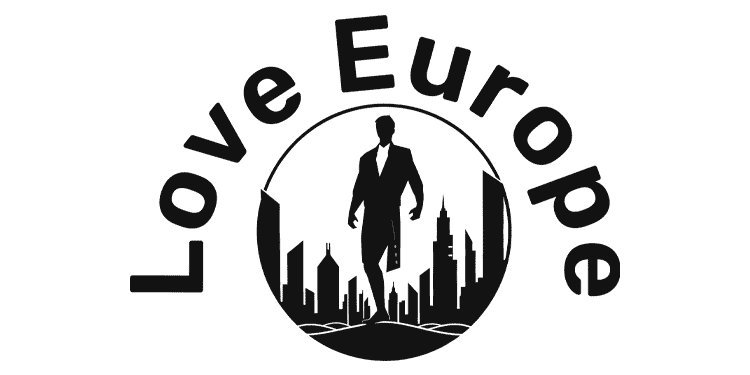Exchange-traded funds (ETFs) have grown in popularity in recent years as a vehicle to gain access to a wide range of securities such as a basket of equities traded on a global market. Traditionally, ETFs followed an investment strategy that involved passively tracking an index, such as the S&P 500 or the FTSE 100.
However, more recently there has been an increased appetite for more actively managed products, which involve portfolio managers buying and selling securities in line with a defined investment strategy.
According to PwC’s latest Global ETF report, ETFs 2028: Shaping the future, assets in ETFs globally have reached record levels of more than $13 trillion during 2024 and have grown at a rate averaging about 17 per cent over the past 10 years.
Based on a survey of industry participants undertaken by PwC as part of the report, ETFs are expected to continue their strong growth trajectory, with global assets expected to exceed $19.2 trillion by mid 2028, notes Marie Coady, global ETF lead for PwC.
Ireland is the leading domicile for ETFs in Europe, with significant growth expected to continue based on PwC’s industry survey; more than 60 per cent of respondents expect ETFs in Europe to increase to at least qby mid-2028. In 2023, assets in Irish ETFs topped $1 trillion, representing approximately 70 per cent of the European ETF market.
ETFs compare favourably to holding individual stocks or other types of investment funds, based on some of the fundamentals of how they operate, says Coady. Aside from diversification, which lowers the risks associated with holding individual securities, they offer a number of other advantages.
“Generally, ETFs have lower costs compared to other types of funds, making them attractive to investors,” she says. “They can be bought and sold throughout the trading day at market prices, in the same way that a stock can, but with the added benefit of diversification of risk. Most ETFs disclose their investments on a daily basis, providing investors with up-to-date information on valuations and investments.”
“There are a very large number of ETFs on the market, allowing investors to access almost every asset class, sector and investment strategy, giving investors a wide range to choose from.
“In the increasingly digitised world of investing, many ETFs can be bought and sold on digital apps available on smartphones and tablets. These platforms facilitate quick and easy access to a wide range of ETFs, including by individual investors.”
ETFs can form the core holdings of an investment portfolio. This can provide broad market exposure in a cost-efficient way, enhancing diversification of the portfolio more effectively than single stock holdings.
“Alternatively, investors can use ETFs for more tactical allocations, for instance where investors use ETFs tracking a particular sector or theme to gain exposure to specific areas of the market. Certain ETFs can be used by investors to hedge against market volatility or specific risks, as part of their overall portfolio.
“Certain ETFs can also be used to generate a regular source of income – for instance, if the ETF’s policy is to pay dividends to investors on a monthly, quarterly, annual basis.”
Ian Quigley, head of investment strategy at RBC Brewin Dolphin, notes an increasing interest in ETFs in recent years as part of investors’ portfolios.
“The simplest ones track the market passively,” says Quigley. “They trade throughout the day. They can either buy the underlying securities or they can use a derivative to replicate it. What they are looking to do is to achieve more or less the same return as world equity or US equity markets at relatively low cost.
“Generally, passive investment in the market has done well over the past few years relative to many active strategies where fund managers are trying to outperform. Part of that is because of their strong weightings in US technology businesses.”
One issue investors need to consider is the tax treatment of ETFs which can vary widely and can be quite punitive in some cases. Quigley suggests investors should consult their tax adviser for guidance in this area.
This is a fluid area, with former Minister for Finance Michael McGrath suggesting on more than one occasion that the tax treatment of ETFs needs to be re-examined to make them more attractive to individual investors.
PWC’s Coady agrees that individual investors in particular need to factor in the current tax rules that apply to some ETFs.
“Investments in certain ETFs can attract a 41 per cent tax rate on all income and gains on the investment in the ETF, much higher than the 33 per cent rate of Dirt [deposit interest retention tax] that applies to interest on bank deposits and savings, and capital gains tax that applies on other types of gains.
“Losses on other investments cannot be used to offset any gains on ETF investments and, likewise, ETF losses cannot be used to shelter capital gains on other assets.”
Source link : http://www.bing.com/news/apiclick.aspx?ref=FexRss&aid=&tid=66f4e2a1602a4c2f81b521857858c7fc&url=https%3A%2F%2Fwww.irishtimes.com%2Fspecial-reports%2F2024%2F09%2F26%2Fexchange-traded-funds-in-europe-expected-to-rise-to-3tn-by-2028%2F&c=9855423967865508416&mkt=de-de
Author :
Publish date : 2024-09-25 21:00:00
Copyright for syndicated content belongs to the linked Source.
